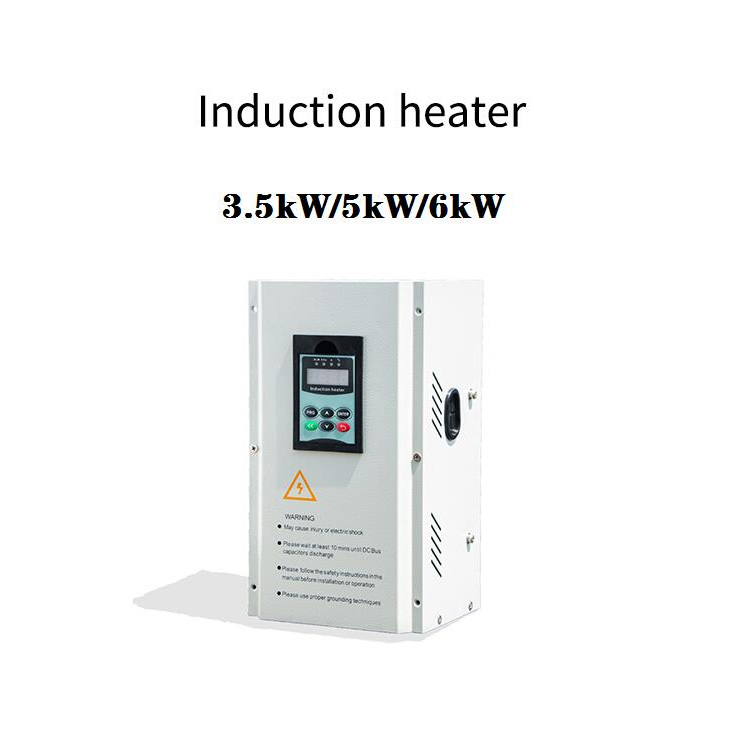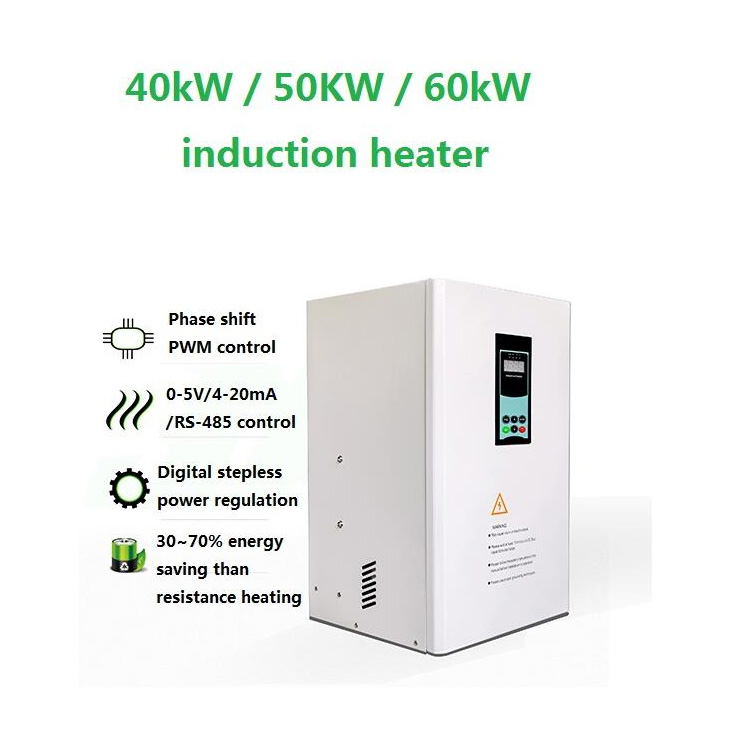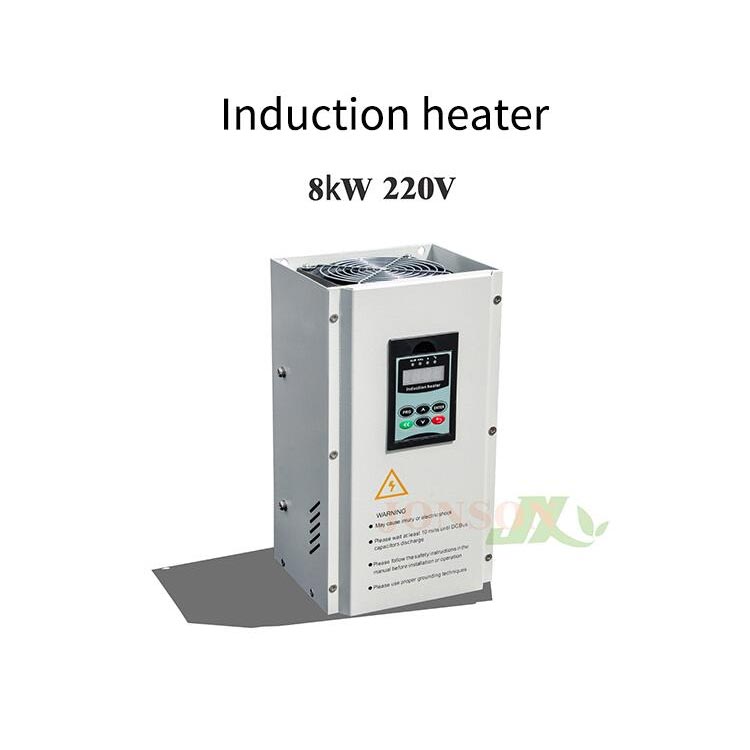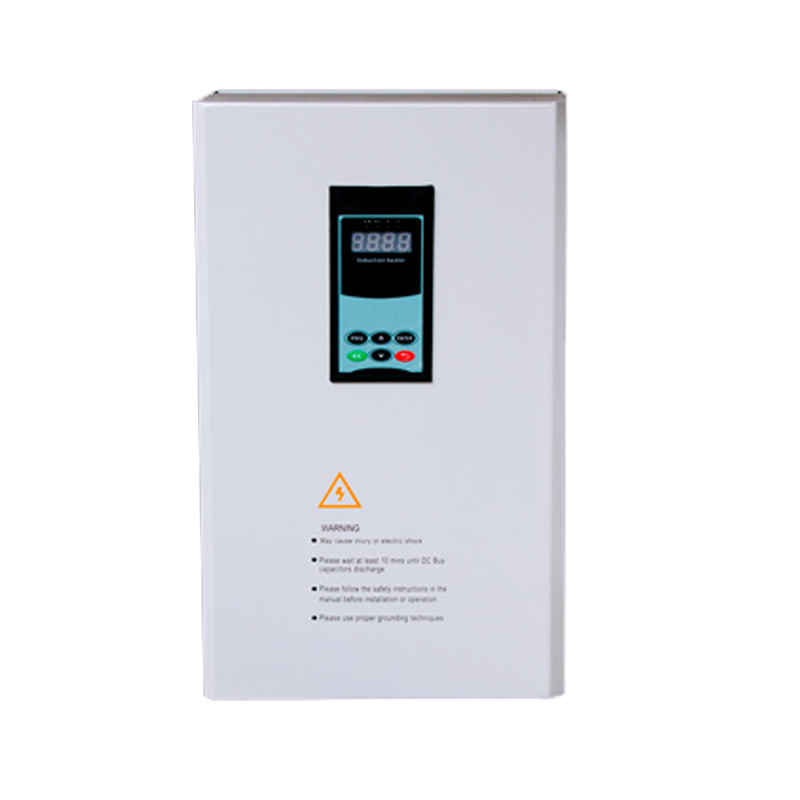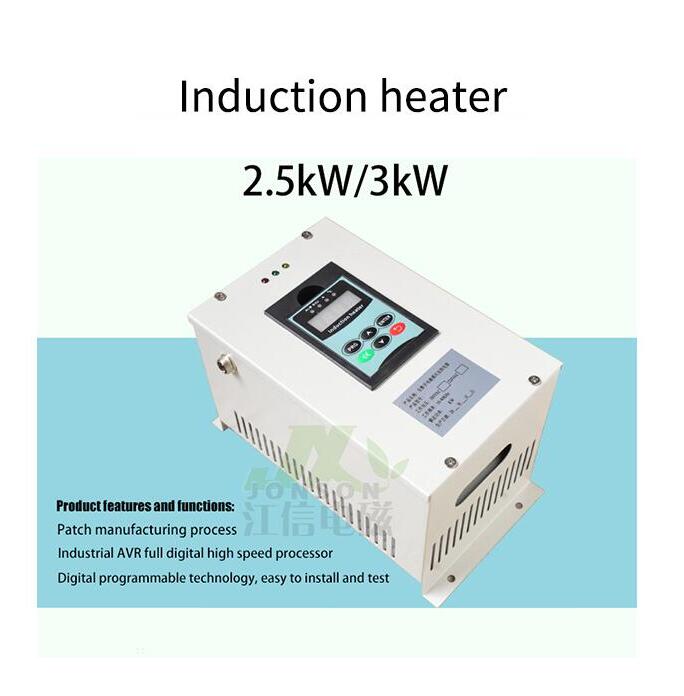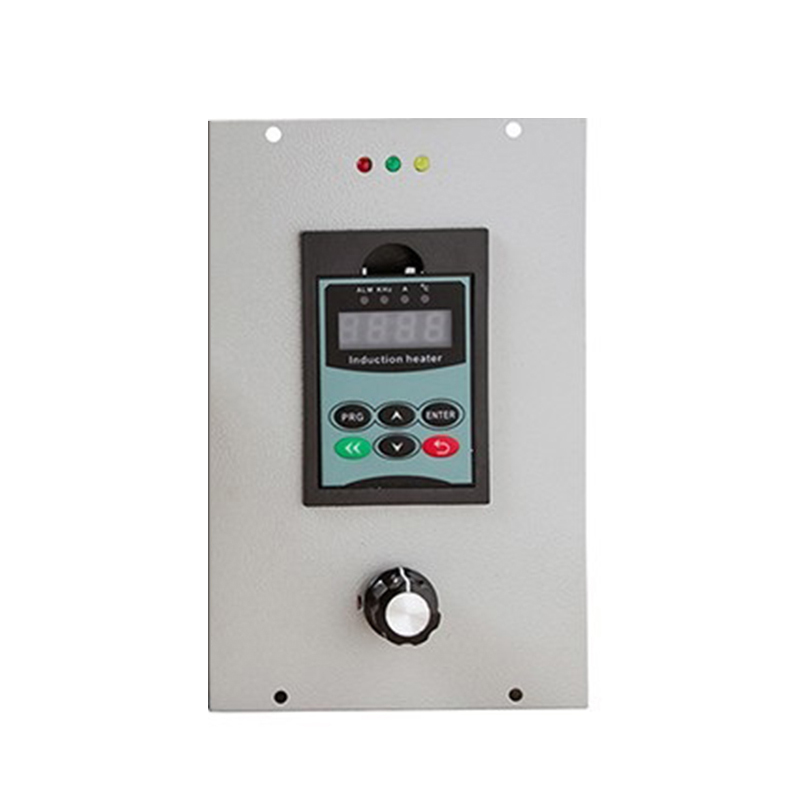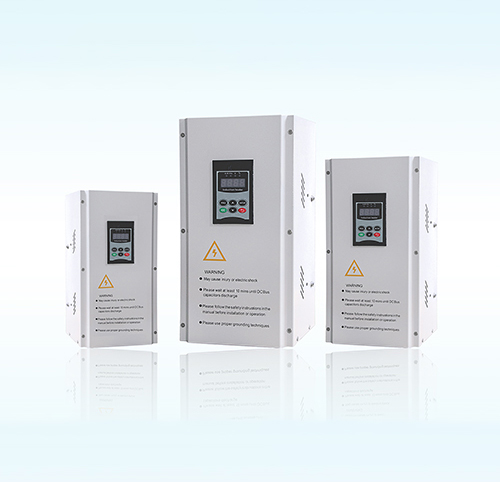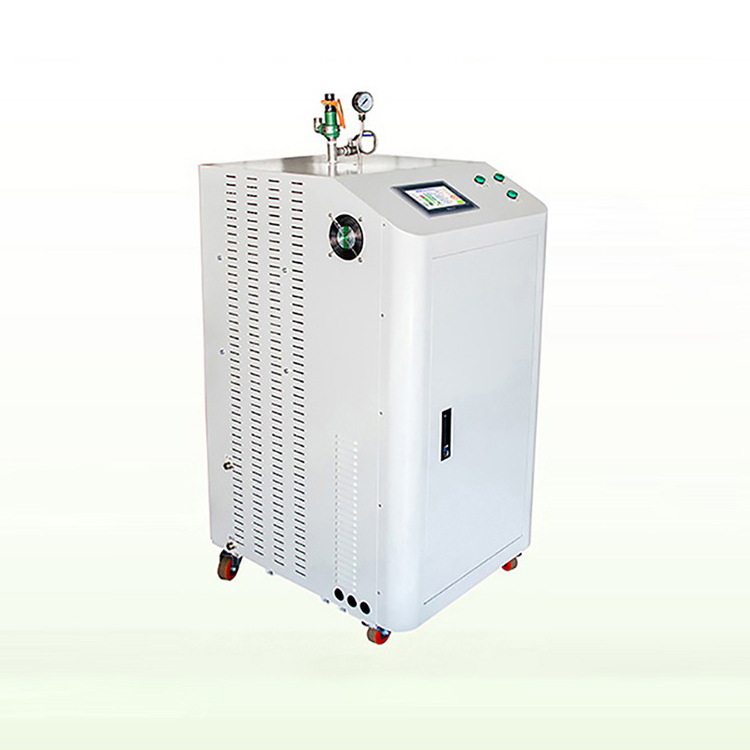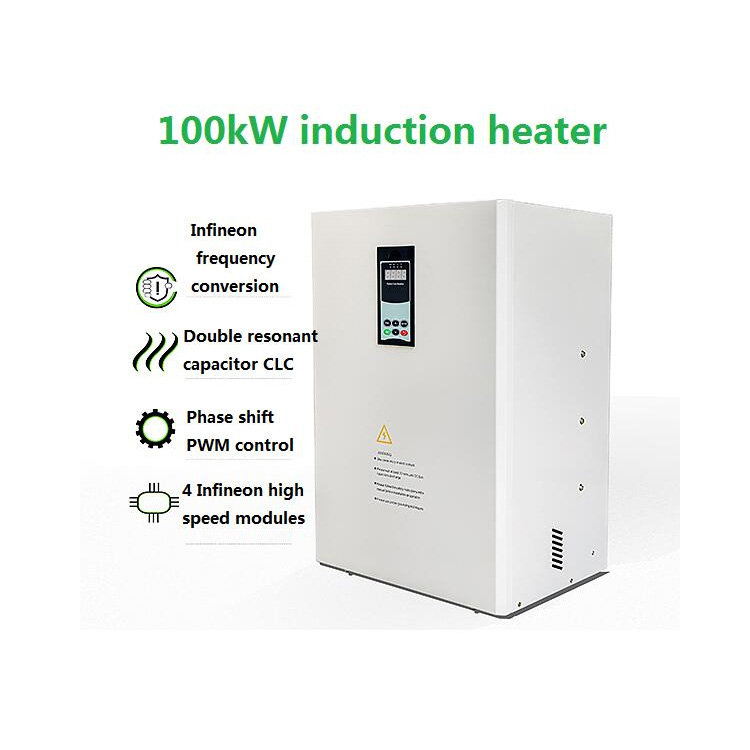In the world of modern chemical manufacturing, a quiet energy revolution is unfolding behind the scenes—right in the reactor workshop of a chemical plant. Here, a group of massive stainless steel reactors, each 1.5 meters wide and 3 meters tall, is undergoing a major transformation: saying goodbye to old-school steam heating and embracing high-efficiency electromagnetic induction. But this isn’t just a hardware upgrade—it’s a clever, behind-the-scenes dialogue between thermodynamics and induction physics.
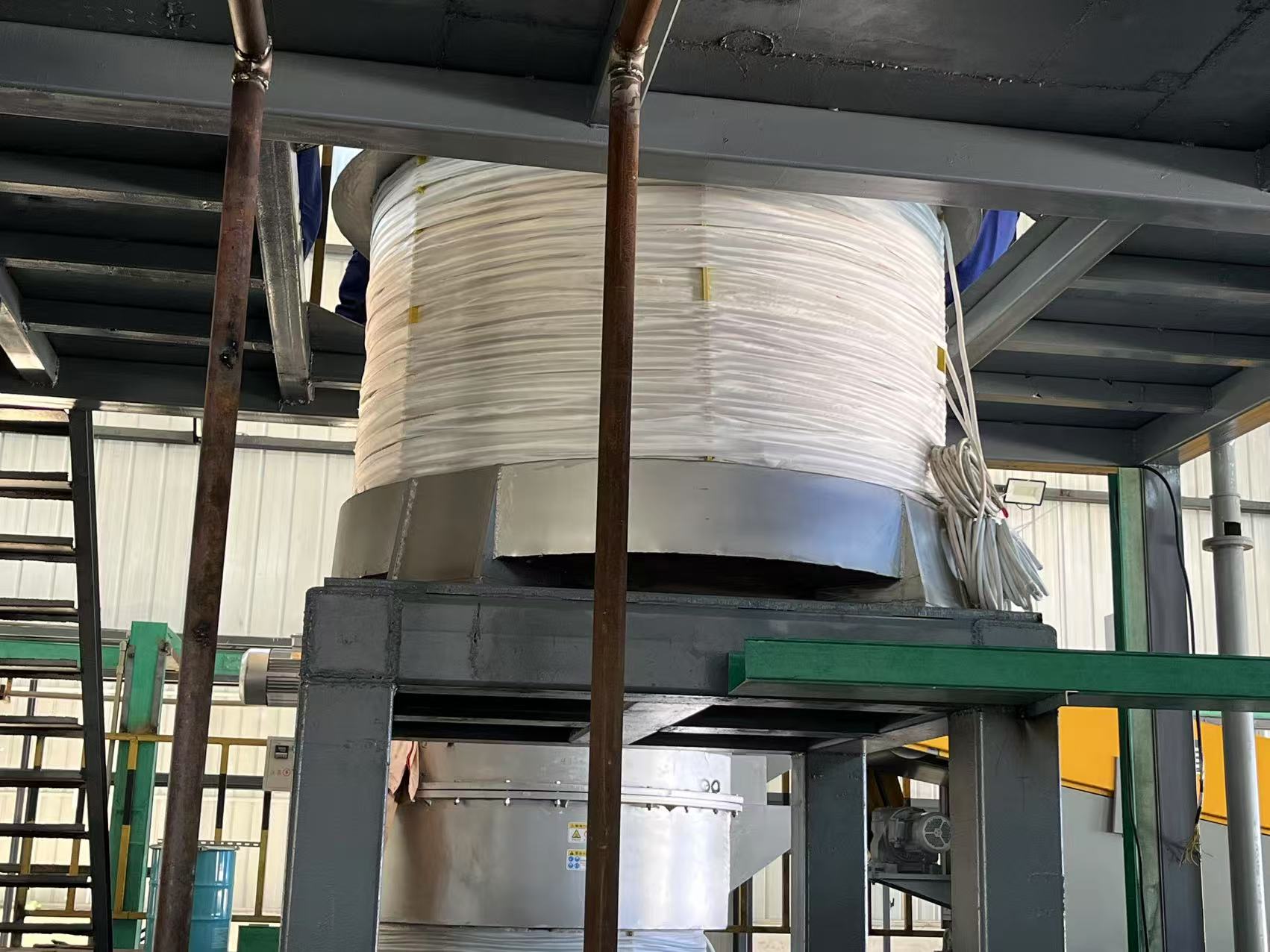
1. Thermodynamics, Reimagined: From Steam Pipes to Magnetic Fields
At the renovation site, workers are carefully dismantling the old steam pipes, revealing the shiny metallic surface of the reactor underneath. The tech team moves in with 3D scanners, mapping the reactor surface down to the millimeter. Induction heating is no joke—it needs a super-precise 2–3mm gap between the coil and the vessel. Even the tiniest bump or curve could mess with the magnetic field distribution and heating efficiency.
To get around that, the team uses modular coil units. Each one is braided from 32 strands of Litz wire and wrapped with high-tech nanocrystalline magnetic cores. Once the 380V three-phase power is connected, alternating currents kick in, creating what's known as the "skin effect"—a thin, 0.8mm deep layer of eddy currents forms right on the vessel's surface. This ultra-targeted surface heating method pushes thermal efficiency from 45% with steam all the way up to a jaw-dropping 92%.
2. The Electromagnetic Symphony: Smart Control in Action
Back in the control room, engineers are fine-tuning a multi-frequency inverter system. Based on the properties of the materials being processed, the system automatically adjusts its frequency within a 1 to 20kHz range. Thick, gooey materials? The system switches to a lower frequency for deeper heat penetration. Heat-sensitive stuff? It cranks up the frequency for a quick surface warm-up.
A real-time temperature monitoring system shows impressive results: the temperature across the reactor now stays within ±1.5°C—way tighter than the old ±5°C range with steam heating. Thanks to a combo of PID algorithms and fuzzy logic control, they can dial in the heating rate anywhere from 0.5 to 5°C per minute, matching all kinds of demanding process curves with surgical precision.
3. An Energy Efficiency Revolution: From Power-Hungry to Planet-Friendly
The energy savings are nothing short of stunning. Each reactor’s power draw has dropped from 350kW to just 210kW. That translates to an annual savings of 420 tons of standard coal per unit. Even better, the "on-demand" nature of induction heating means there's almost no energy wasted during start-up and shutdown—an 87% cut in switching losses.
Temperatura okolice v delavnici se je znižala za 6 °C, s čimer se je odpravilo tveganje za nesreče zaradi puščajočih parnih cevi. Laboratorijski testi kažejo, da raven elektromagnetnega sevanja dosega le 30 % stroge mednarodne varnostne omejitve. Podatki kažejo, da se je pri 24-urnem delovanju stopnja okvar opreme znižala na 0,5 na 10.000 obratovalnih ur, vzdrževalni cikli pa so podaljšani na 8.000 ur. To je velika zmaga tako za zanesljivost kot za učinkovitost.
Ko se med testiranjem prižge zadnja tuljava, je sinusni val na osciloskopu brezhibno prikazan – jasen dokaz natančne elektromagnetne pretvorbe. To ni le nadgradnja opreme – gre za popolno prenovo pretoka energije v kemični proizvodnji. V tihem plesu magnetnih polj in vrtinčnih tokov tradicionalna proizvodnja pogumno stopa v dobo pametne, zelene preobrazbe – piše novo poglavje v zgodbi o industrijskih inovacijah v okviru dvojnih ciljev glede ogljika.

